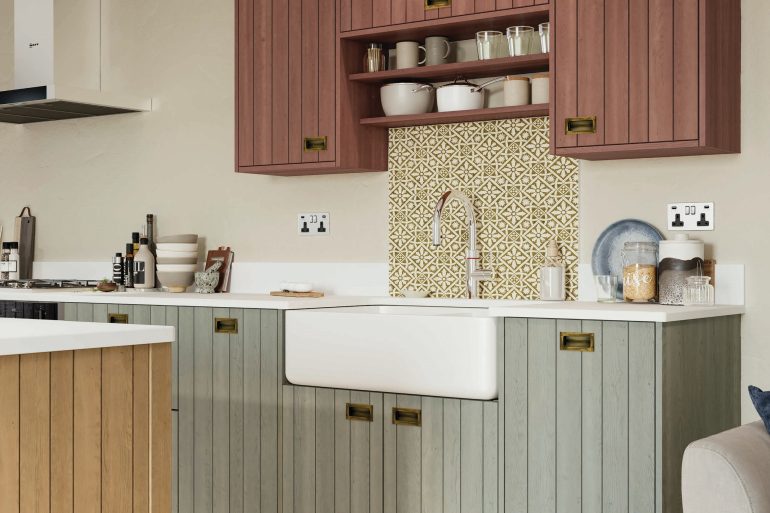When planning a kitchen, there is a myriad of factors to consider. It can be difficult to navigate, from energy efficiency and suitable materials to the ideal kitchen layouts and suitable storage.
Today, luxury appliance brand, Fisher & Paykel, and British kitchen supplier LochAnna Kitchens explain how to create a design that aims to be sustainable and practical.
What are the key elements of designing a sustainable kitchen?
“Now more than ever consumers are conscious of the impact that their choices have on the environment. Homeowners are looking for products that are environmentally friendly, but that don’t compromise on style and quality. Over the past few years, we have been seeing huge interest in products that would still offer beautiful design but take care of our environment.” Advises Paul Jenkinson, founder and managing Director, LochAnna Kitchens. “Our answer to that demand has been our EcoStone splashbacks, but there are many ways to introduce sustainability into your kitchen design such as choosing products that will stand the test of time; for example, a natural worktop is a great choice, as even if you want to change your cabinets a few years down the road your worktops will complement whatever colours or finishes you might choose.”
Are there products and materials most suited for a sustainable and long-lasting kitchen?
“Using wooden-style cabinetry in your kitchen design is a great sustainable design choice that adds interest and variety to your space. Natural texture is a great way to add impact to a space and there are many ways to experiment with different textures whether you want to keep it all natural or create the perfect basis for a pop of colour.” Says Sinead Trainor, kitchens category manager, LochAnna Kitchens.
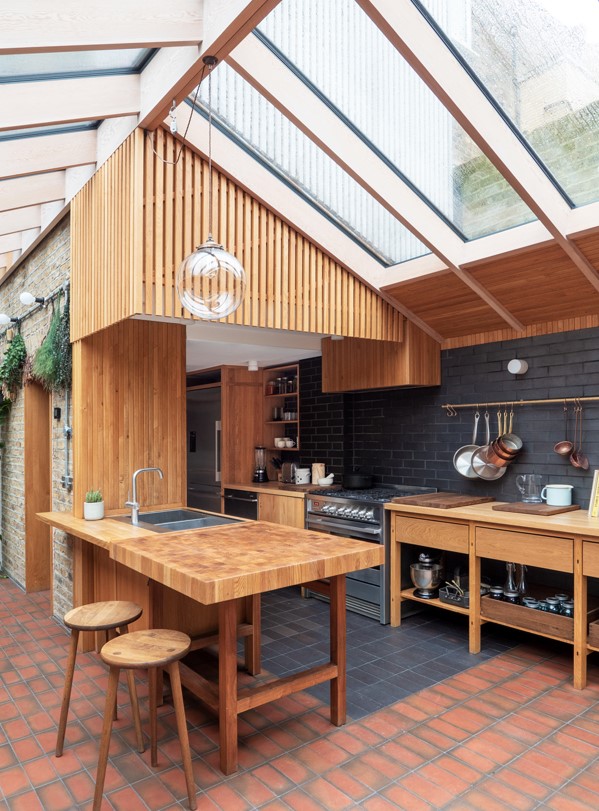
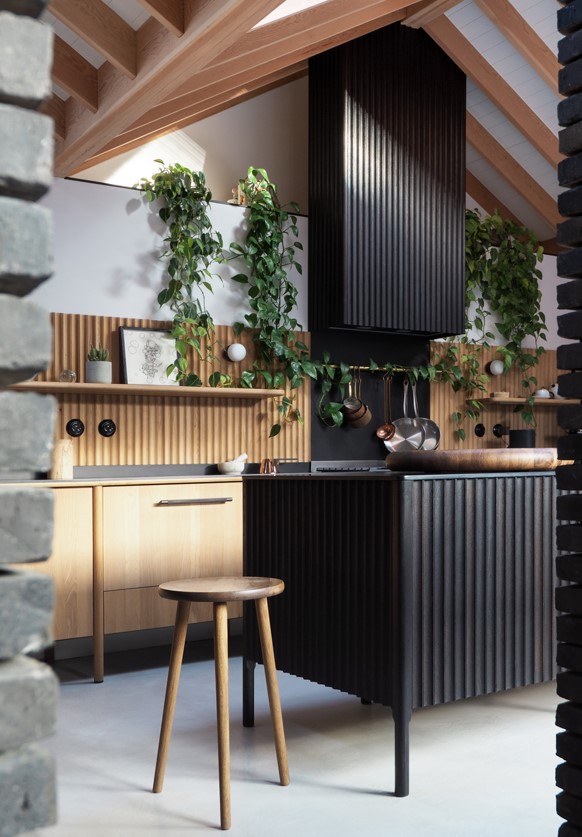
When it comes to buying appliances…
“There is a lot to consider when looking for sustainable appliances but one of the first things you should look at is the energy labels to make sure the products are energy efficient. To live more sustainably, you should carefully consider how efficient the model is in terms of energy and water usage and calculate how much it will cost to operate. A more expensive product is worth the investment if you are ultimately spending less money to run it throughout its lifetime,” says Mark Young, retail sales director, Fisher & Paykel.
“Appliances are an investment so you want to make sure these will stand the test of time. Choose appliances that have been designed and engineered using only the finest materials, finishes and manufacturing methods, for lasting qualities. You should also ask the retailer about the warranty options available – after all, we want them to go the distance. Fisher & Paykel UK offers a 5-year manufacturer’s warranty on all appliances which is great for peace of mind!”
Which appliances should I go for?
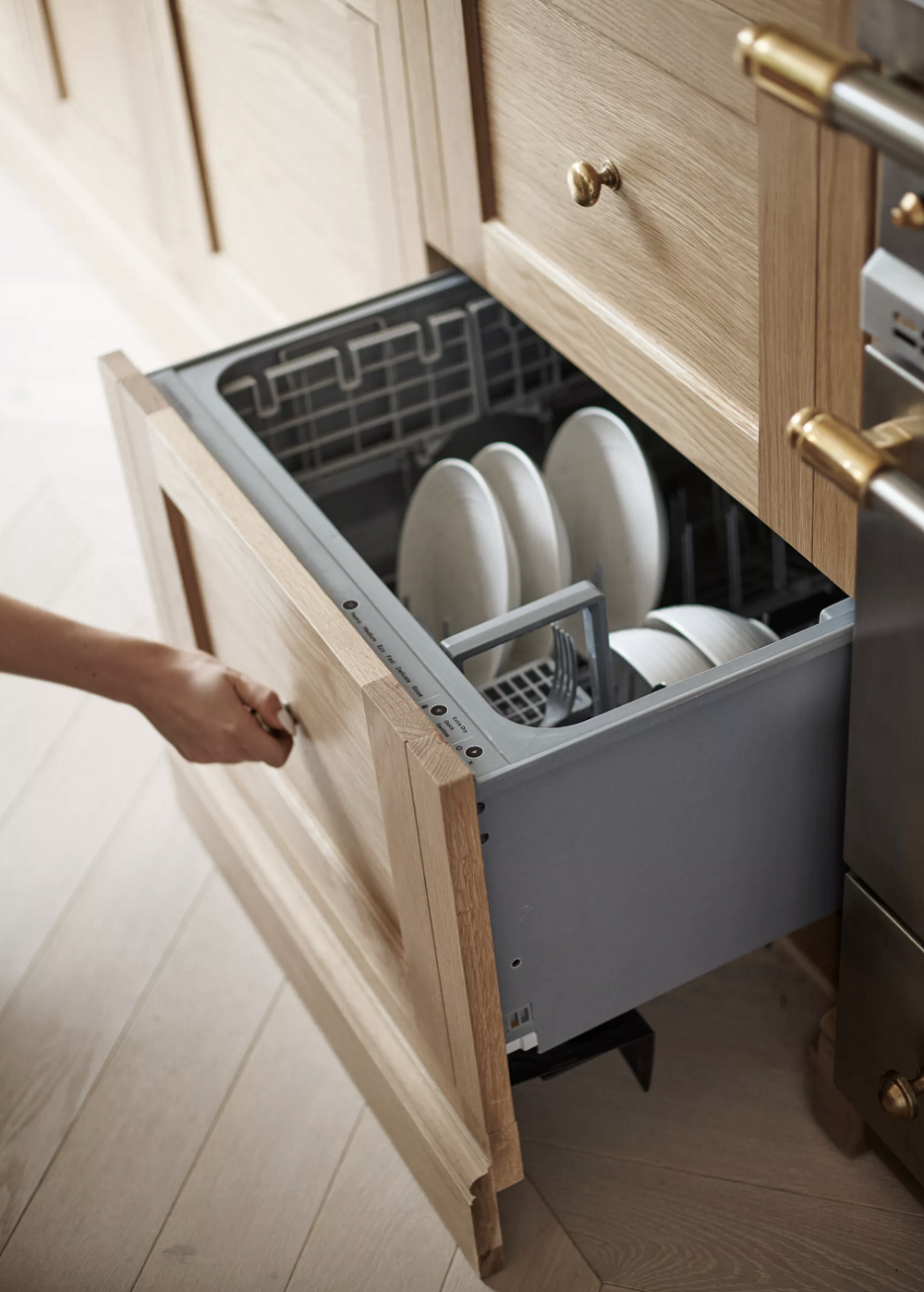
Beth Davis
“It is important to look at the different appliances on offer – some people love the open flame that comes with a gas hob, but an induction hob is more eco-friendly as it uses much less energy. You can also save a lot of water by investing in dishwashers with eco options. Most people think that a dishwasher will use a lot of water. However, the average kitchen sink will hold about 20 litres of water (based on a sink that is 16×14 and 7 inches deep) while the Fisher & Paykel DishDrawer™ dishwasher uses 6.7L of water per cycle. Each drawer of the double DishDrawer™ can operate independently from the other so different wash cycles can run simultaneously to accommodate a variety of loads – this is convenient and environmentally friendly as it uses less water than washing by hand”, says Mark Young, retail sales director, Fisher & Paykel.
“Fisher & Paykel’s quad door fridge freezer has the highest energy rating for its capacity and with a Variable Temperature Zone, you are able to store produce for longer. Our newest fridge freezers incorporate Fisher & Paykel’s humidity control system – ActiveSmart™ food care. ActiveSmart™ is a control system that anticipates future use by sensing environmental conditions and understanding how you use your fridge. This means Fisher & Paykel can analyse and adjust the temperature, airflow and humidity accordingly to deliver optimal results throughout your fridge and freezer. It can also rapidly chill new items to a safe temperature and quickly freeze foods to retain moisture. This makes our fridge freezers much more energy efficient as they only use the energy they require. By using unique technologies that conserve energy and allow you to store foods that results in less food waste, you are reducing your impact on the environment as much as possible,” adds Mark Young, retail sales director, Fisher & Paykel.
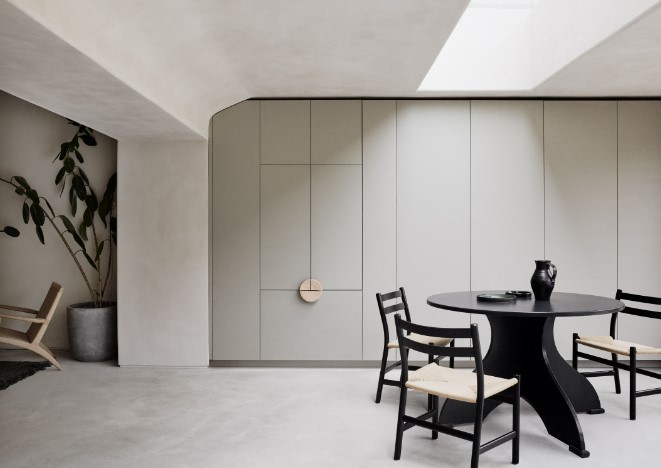
Pictured very top: LochAnna Kitchens

